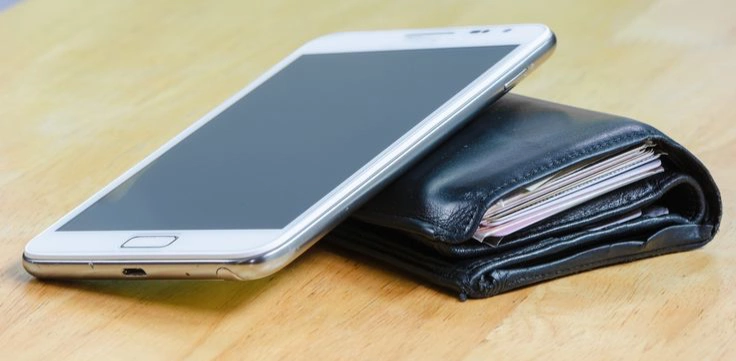How to Stay Connected Abroad — and Avoid Internet Trouble While Traveling
Internet access while traveling is more than just uploading photos to social media. It’s your navigator, translator, booking manager, map access, taxi service, emergency line, and travel safety net. Despite how far technology has come, connection problems abroad are still one of the most common — and frustrating — issues travelers face. The moment you land in a new country, it’s not uncommon to find your phone without a signal, no mobile data available, or Wi-Fi that either doesn’t work or requires strange logins. To avoid this, it’s important to understand your connection options — and choose the one that fits your trip best.
The most obvious, but not always ideal, solution is international roaming from your home provider. It’s certainly convenient — no changes, no new apps, no setup. You just turn on your phone and it works. But that simplicity can come at a high cost: many mobile operators still charge per megabyte, rather than offering affordable data packages. This can result in a shockingly high bill, especially if your apps use data in the background.
Another option is to buy a local physical SIM card after arrival. It’s often the most cost-effective choice for longer trips. But it takes time, some local knowledge, and often some patience. You have to find a mobile shop, present your ID or passport, possibly deal with a language barrier, and wait for activation. It’s not ideal when you’ve just landed, are tired, or arrive late at night.

For most modern travelers, the best balance of convenience and cost is an eSIM. This is a virtual SIM card that can be installed on your phone in just a few minutes — even before your flight. Services like Airalo, Holafly, Nomad, or AloSIM let you choose your destination, pay for a data plan, and receive a QR code for activation. You’re connected the moment the plane lands. However, quality varies: different providers use different local mobile networks, which affects speed and reliability. Also, some plans don’t allow tethering (hotspot), and the ability to top up your plan depends on the provider’s terms.
Another alternative is relying on Wi-Fi — in hotels, cafés, and airports. It’s free and easy, but often slow, unstable, or insecure. And it’s not available in critical moments — like when you’re outside trying to order a taxi or navigate a city. Relying on Wi-Fi alone is risky.
Some travelers prepare by downloading offline maps and info in advance. That can be useful, especially in countries with limited internet access or poor coverage. But this requires planning and doesn’t always suit spontaneous plans or app-heavy travelers.

In practice, the best strategy is a hybrid approach: use an eSIM as your main connection, have offline maps as backup, and rely on Wi-Fi when convenient. The key is to set everything up in advance. Make sure your phone supports eSIM, choose a provider with good coverage in your destination, verify that the plan fits your needs, and save all important details offline.
Internet access abroad isn’t just about convenience — it’s about freedom and safety. Preparing your connection should be as important as packing your suitcase or booking flights. Get it set up right, and your trip will start smoothly from the very first moment.
Close